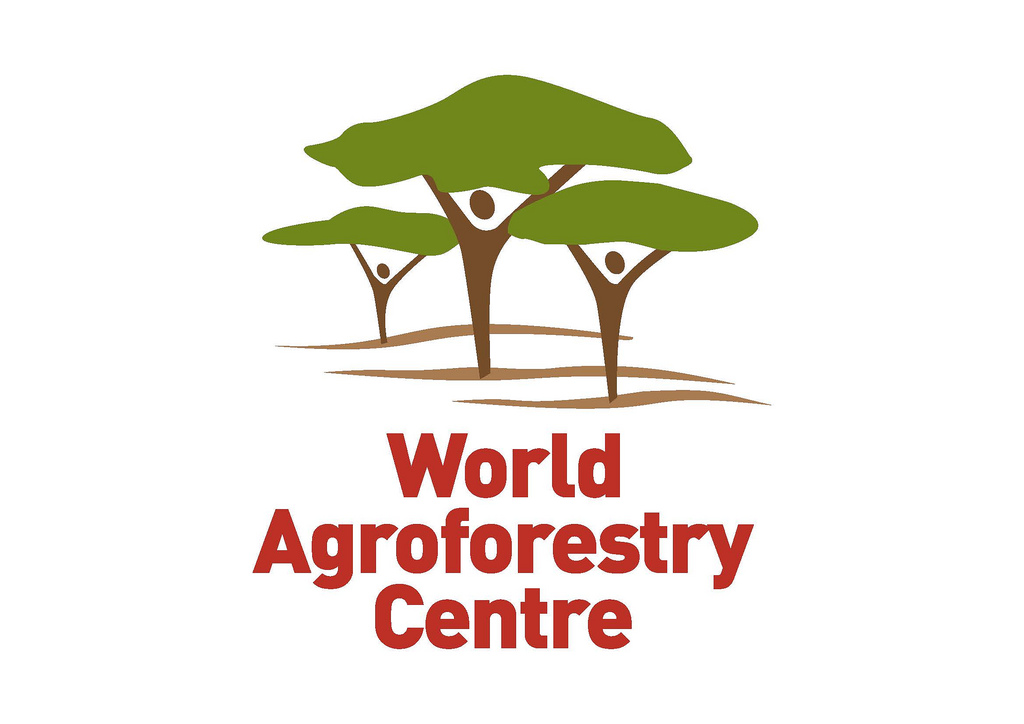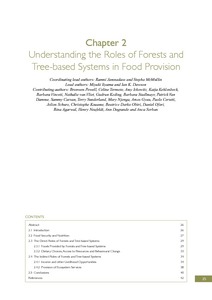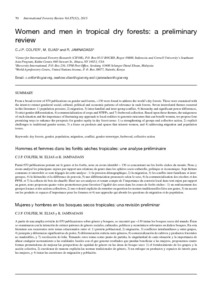Location
The World Agroforestry Centre (ICRAF) is a CGIAR Consortium Research Centre. ICRAF’s headquarters are in Nairobi, Kenya, with six regional offices located in Cameroon, China, India, Indonesia, Kenya and Peru.
The Centre’s vision is a rural transformation throughout the tropics as smallholder households increase their use of trees in agricultural landscapes to improve their food security, nutrition security, income, health, shelter, social cohesion, energy resources and environmental sustainability.
ICRAF's mission is to generate science-based knowledge about the diverse benefits - both direct and indirect - of agroforestry, or trees in farming systems and landscapes, and to disseminate this knowledge to develop policy options and promote policies and practices that improve livelihoods and benefit the environment.
The World Agroforestry Centre is guided by the broad development challenges pursued by the CGIAR. These include poverty alleviation that entails enhanced food security and health, improved productivity with lower environmental and social costs, and resilience in the face of climate change and other external shocks.
ICRAF's work also addresses many of the issues being tackled by the Sustainable Development Goals (SDGs) that aim to eradicate hunger, reduce poverty, provide affordable and clean energy, protect life on land and combat climate change.
Members:
Resources
Displaying 61 - 65 of 146Introduction: contributions and gaps in gender and agroforestry
Land use change and shifts in gender roles in central Sumatra, Indonesia
Nutrients and bioactive compounds content of Baillonella toxisperma, Trichoscypha abut and Pentaclethra macrophylla from Cameroon
Baillonella toxisperma, Pentaclethra macrophylla and Trichoscypha abut are important foods for communities living around forests in Cameroon. Information on the nutritional value and bioactive content of these foods is required to establish their contribution to the nutrition and health of the communities. Samples of the three foods were obtained from four villages in east and three villages in south Cameroon. The foods were analyzed for proximate composition, minerals and bioactive content using standard chemical analysis methods. T.
Understanding the roles of forests and tree-based systems in food provision
Forests and other tree-based systems such as agroforestry contribute to food and nutritional security in myriad ways. Directly, trees provide a variety of healthy foods including fruits, leafy vegetables, nuts, seeds and edible oils that can diversify diets and address seasonal food and nutritional gaps. Forests are also sources of a wider range of edible plants and fungi, as well as bushmeat, fish and insects.
Women and men in tropical dry forests: a preliminary review
From a broad review of 670 publications on gender and forests, ~130 were found to address the world’s dry forests. These were examined with the intent to extract gendered social, cultural, political and economic patterns of relevance in such forests. Seven interrelated themes recurred in this literature: 1) population pressure, 2) migration, 3) intra-familial and inter-group conflict, 4) hierarchy and significant power differences, 5) strict gender differentiation, 6) commercialization of crops and NTFPs, and 7) fuelwood collection.





